
Review: Tascam DR-680
If you’re looking for more in a portable recorder, be sure your pockets are big enough.
Text:\ Andrew Bencina
The portable SD card recorder market is a crowded one. Almost every pro and consumer electronics brand has bolted a couple of small-capsule condensers to the top of a pocket-sized mini computer and thrown its hat into the ring. Many are really only suited to voice recording, while only the most expensive feature external microphone inputs. The DR-680 is the latest and most fully featured portable recorder in the Tascam range. Although it’s an eight-track recorder you’d be wrong to think this is just the latest in a long line of Tascam multitracks. The DR-680 is a professional location recorder so you probably won’t be seeing many of them in budding musicians’ bedrooms. Where they will find their place is perhaps a little harder to discern.
EIGHT IS ENOUGH
Unless you’re partial to some ludicrously baggy cargo shorts, the first thing you’ll need to accept is that Tascam’s DR-680 is not pocket-sized. Saying that, at about the same size as a half-rack unit and weighing in at 1.2kg (without batteries), it’s hardly cumbersome. It comes with a sturdy clip-on shoulder strap but I must say I was really yearning for Tascam’s optional CS-DR680 – an old-school padded satchel for the DR-680 with panels for cable and control access.
The left side of the DR-680 accommodates all six of the unit’s Mic/Line inputs. Channels 1–4 can be accessed via XLR/TRS combo jacks while, curiously, Channels 5&6 are TRS only. Measurements suggest the case would have only needed to be 12mm deeper to accommodate six of the XLR combos so it seems strange that such a shortcut would be taken. The top panel is dominated by micro toggle switches for these inputs. All six can be assigned as either Line or Mic and all feature 48V phantom power, switchable in pairs. Each mic input also features a Low/High gain switch (Low is the default) with fine gain trim provided within the software configuration options. While at times it’s nice to have these controls within easy reach they can be knocked relatively easily and I wonder whether they couldn’t also have been controlled from within software like many current audio interfaces.
The I/O complement is rounded out on the right side of the unit. Six RCA connectors provide direct outs for their corresponding input channels, while two coaxial RCAs handle the digital I/O supporting both S/PDIF and AES/EBU. A rubber dust panel protects the SDHC card slot (frustratingly no card is supplied) and USB connection, while a 12V (tip positive) DC power input jack rounds out the right panel connections. Consistent with its more expansive feature set the DR-680 features both a headphone output and mono speaker for monitoring, both controlled by a front panel level pot. A continuous jog wheel and rotary control are provided for various aspects of data entry and menu selection, and while small, the front panel LCD display is clear and well laid out allowing for simple navigation of the nested configuration menus. A number of specifically assigned buttons make the selection of various function screens a breeze.
The DR-680 is capable of recording eight tracks of audio concurrently, although the track counts are limited by the assigned recording file formats. Two-track WAV recording is possible up to sample rates of 192k, while eight-track recording is capped at an ample 96k. Recording direct to MP3 is also an option (though there are very few reasons why you’d want to, surely) and for this format there’s a maximum of four simultaneous tracks. When recording there are quite a few channel configuration options. Channels 5&6 can be assigned to either analogue Inputs 5&6 or the digital input, while the digital input can alternately be assigned to Channels 7&8. When not required for digital recording Channels 7&8 can capture the stereo output of a software mixer with volume and pan controls for all inputs. It’s a shame this mixer wasn’t allocated its own set of RCA or TRS outputs. Again, it seems like they could have been squeezed in.
MORE INFO
IN THE FIELD
Despite recommending the use of higher performance (Class 4 or faster) SD cards I can confirm that the DR-680 will function perfectly well with some bog standard cards (in my case, a 2GB SanDisk SD card). Just as well, because when you first realise there’s no card packaged with your unit you’ll be scrambling for your digital camera. Be aware the Tascam does reformat your card so be careful not to lose those precious wedding snaps in your eagerness to capture some early morning magpie warblings.
I have to say I found the DR-680 a pleasure to use. Configuration was really simple and I was able to get it set up and recording in a jiff. I captured a friend’s roots reggae outfit in a small PA-free venue with a pair of Oktava 012s mounted high towards the rear of the space. The results were clear and detailed, and truly represented the sound of the band and venue. The following weekend I stuffed the DR-680 with the requisite eight AA batteries and headed for Box Hill’s City Oval to capture the sounds of the Hawks Vs the Geelong Cats in the VFL. Using alternately an ElectroVoice N/D 468 and a Neumann U89ai the results were again really impressive, especially from the more focused dynamic. (Excerpts from these recordings are now available from the AV website.) Notably though, if you try phantom powering a mic while running from batteries be aware that the battery meter quickly begins to move with the perilous descent of a small hour-glass.
Overall, I really liked the DR-680 and I thought it did what it did exceptionally well. It’s well built, if not rugged, and does more than most people will require. But in the end that’s just it. If you can’t find a particular use for all of its features it’ll be difficult to justify the cost. If that’s the case you might just be better off sticking with something for normal-sized pockets.

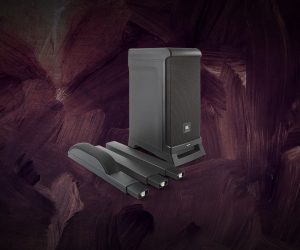

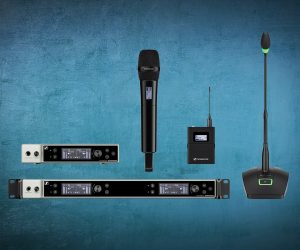

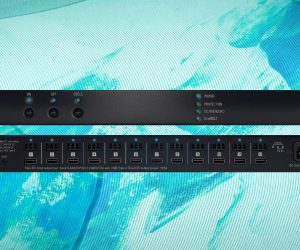
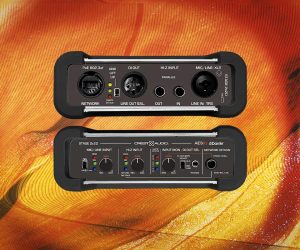
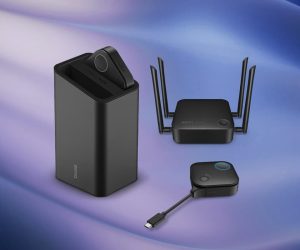

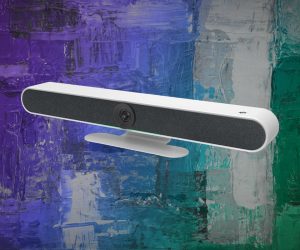

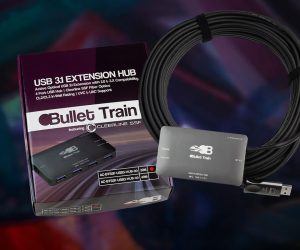
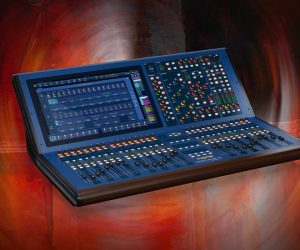


RESPONSES